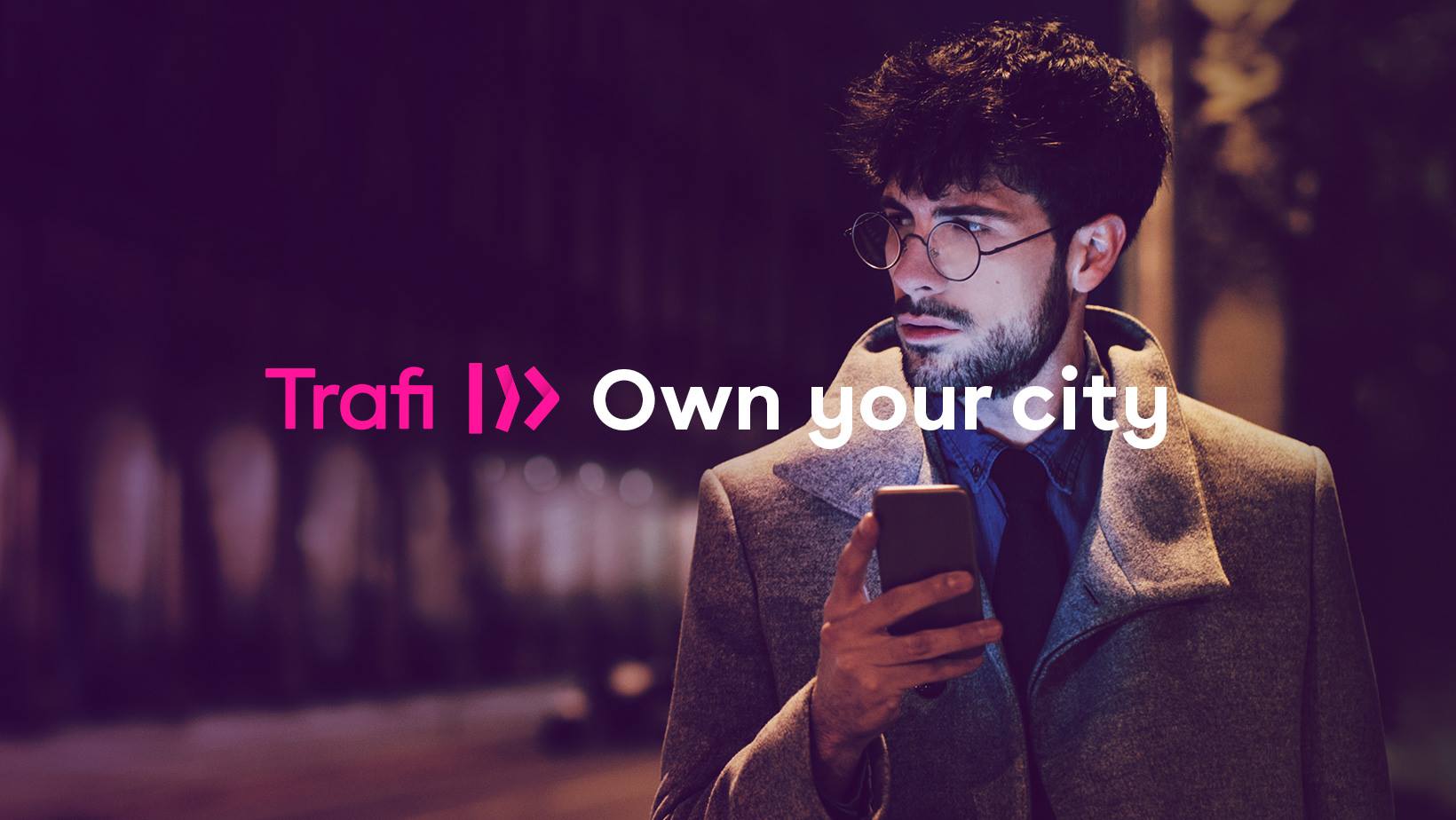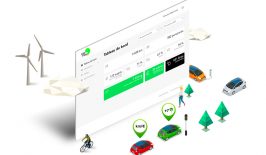One look at the start screen of my phone and I see: to get from A to B in my city, I use (alongside my own two feet) a whole host of different forms of transport. Next to the app for the public transport system, there are the icons for DriveNow and Emmy, bike sharing options and the national rail system. And depending on the weather and how far it is I have to travel, I often end up clicking, annoyed, through the different transport apps and trying to find out how I can get to my destination as quickly and simply as possible. It’s not surprising that so many people end up simply climbing into their own car. We humans love convenience. Only by making access to alternatives as comfortable and simple as possible will it be possible to develop sustainable travel solutions in cities, and successfully move away from car ownership and towards more sustainable, shared and public transport options.
In the Baltic States, it looks like they’re already one step ahead. Whether it’s a car or bike share, bus or Uber: in the Lithuanian capital of Vilnius, citizens are able not just to check the availability of all kinds of transport options – they can also pay for the transport via the app, as easy as can be. What’s this new shared-mobility helping hand called? The name is pretty simple too: Trafi.
Added Convenience & Fewer Traffic Jams
As well as adding convenience to your journey planning, the Trafi app and the city authorities in Vilnius are currently running a pilot project that could set an example for other cities to develop more sensible and sustainable infrastructure. Among other things, Trafi also evaluates traffic data and collects feedback from users about the current traffic situation, in order to be able to give users the best possible travel recommendations at that moment. So, if there’s a big jam on the road, the app will suggest taking your bike or a train instead of a car or bus.
They then gather that together with information on what forms of transport people actually end up using, and on which routes, to create an interesting pool of knowledge about the real use of the city’s transport infrastructure, and the problems and potentials of city traffic.
Trafi then passes this information on to the city authorities who can use it for their traffic management and town planning. If it turns out, for example, that one particular route is particularly prone to jams, then it might make sense to install a new bus lane or a cycle path, in order to reduce the volume of traffic. Or if they find out that certain bike or car sharing stations are incredibly in demand and always running out of vehicles, then extra vehicles could be arranged.
The aim is use this data to create city transport solutions that are perfectly customised to the needs of the city’s inhabitants, and thanks to the resulting reduced emissions, increase quality of life in the city and reduce environmental impacts.
As well as for urban centres in Lithuania, the app is already available for cities in Brazil, Indonesia, Spain and in Turkey.
This is a translation by Marisa Pettit of an original article which first appeared on RESET’s German-language site.






